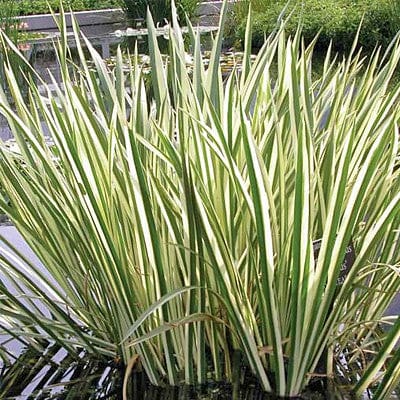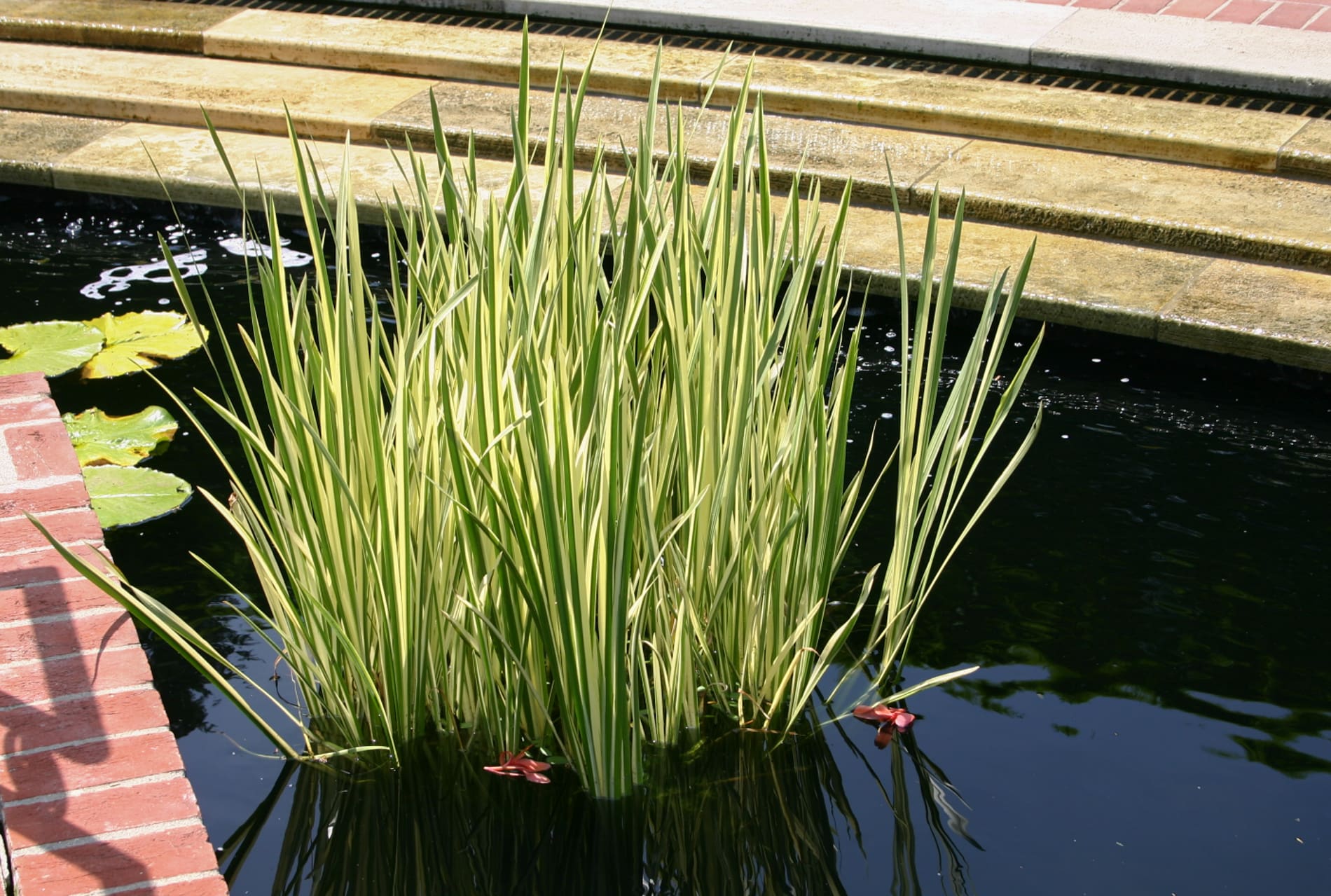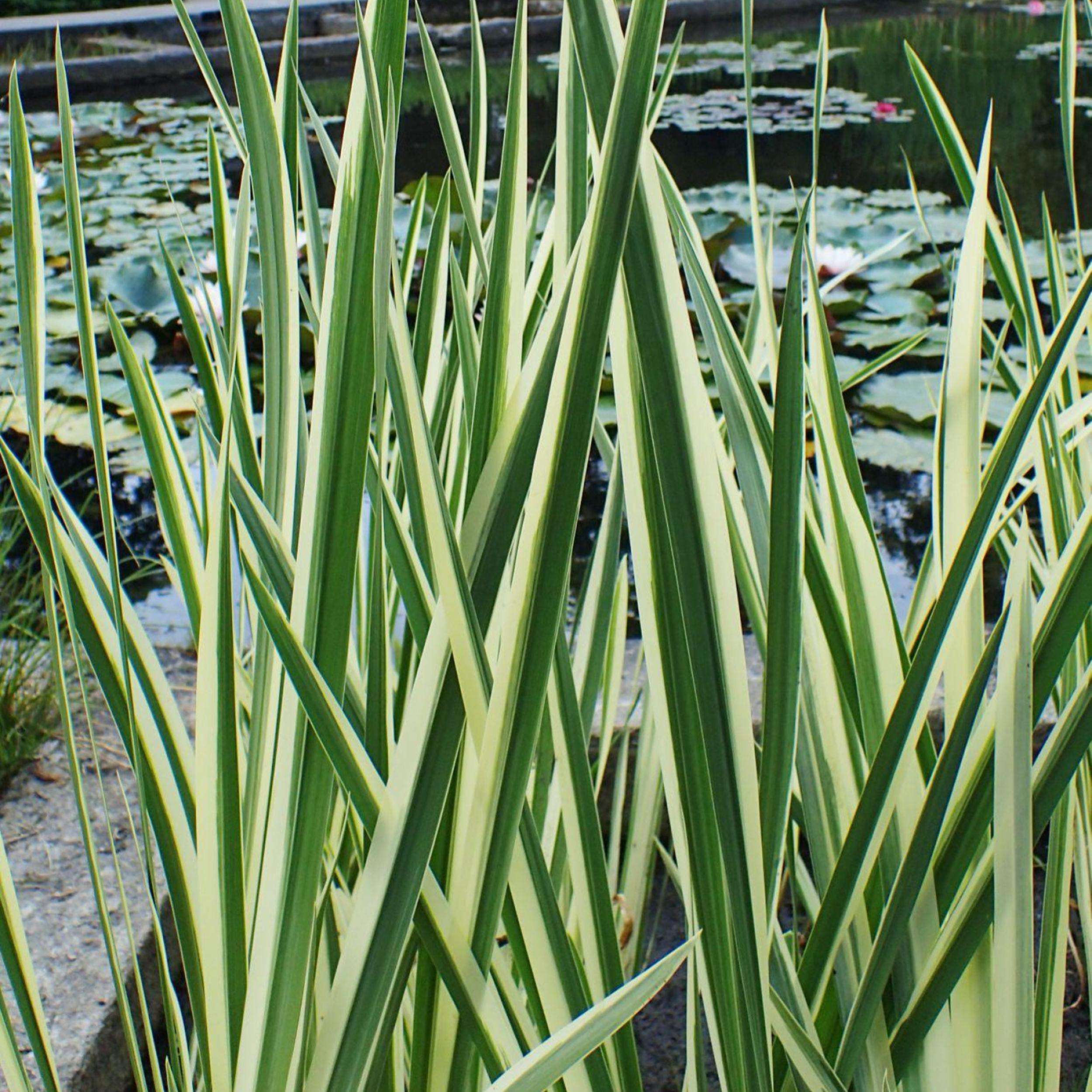In your exploration of botany, you might come across a fascinating aquatic perennial known as Sweet Flag. Perhaps its name sparks curiosity, or maybe it’s its diverse utility across cultures. This article imparts an in-depth understanding of this intriguing plant – its scientific make-up, its distinctive attributes, its vast array of applications, and its ecological significance.

Overview of Sweet Flag
A glance at what sweet flag is
Sweet flag is an aromatic, grass-like perennial plant, scientifically known as Acorus calamus. This unique plant bears thick rhizomatous roots and tapered leaves, resembling those of an iris, and is highly recognized for its distinct sweet aroma. Originating from Europe, Asia, and North America, its cultivation is widespread due to its uses in traditional medicine, culinary practices, and as an ornamental plant in landscaping.
Where the name ‘sweet flag’ is derived from
The name ‘sweet flag’ is derived from the pleasant fragrant scent the plant emits, particularly recognizable in its dried form. The term ‘flag’ refers to its sword-like, flag-like leaves that dominate its structure and appearance. As aligned with its olfactory appeal and characteristic leaf shape, the sweet flag offers a simple yet descriptive name for this versatile plant.
Various other names for the sweet flag plant
In addition to ‘sweet flag,’ this plant is known by a plethora of other names across various cultures and regions. Some of the more common names include ‘calamus,’ taken from its Latin genus name, ‘beewort,’ demonstrating its appeal to bees, and ‘swamp cane,’ reflecting its natural growth environment in wet, marshy areas. In some Asian cultures, it is often referred to as ‘vacha.’
Botanical Description
Anatomy of the Sweet Flag plant
The sweet flag plant exhibits clumps of basal leaves which ascend from a pervasive system of creeping, aromatic rhizomes. These leaves are flat, long, and pointed, resembling the blade of a sword. The plant also bears a spadix, a spike containing tiny flowers that lack petals or sepals.
The size and appearance of mature and immature plants
An immature sweet flag plant exhibits shorter leaves and fewer roots. Upon maturity, the plant typically reaches between one to three feet in height, with leaves that can extend up to a meter in length. Mature plants produce rhizomes of several inches, filling the soil around them and generating new offshoots, whereas the immature plant’s rhizomes are yet to extend much beyond the initial tuber.
Information about the flower and seed characteristics
The sweet flag’s flowers grow on a spadix, densely packed, and present in a cylindrical form on an erect stalk. However, their flowering potential is described as elusive, sporadically blooming under optimal conditions. When developed, the seeds are quite minute and require specific conditions for successful propagation.

Habitat and Growing Conditions
Typical conditions found in the sweet flag’s natural habitat
Sweet flag is typically found in wetland regions, exhibiting an affinity for marshy, soggy soil conditions. Its natural habitat could range from the edges of streams and rivers to bogs or even shallow, still water bodies. Sweet flag accepts both full sun and partial shade, making it a remarkably adaptable plant.
Effects of temperature and sunlight on growth
While sweet flag grows well in a range of light conditions, it thrives best in full sunlight to partial shade. The plant is surprisingly hardy and can endure cool temperatures, making it resistant to most weather conditions. However, for optimal growth, a temperate climate is most suitable.
Soil and nutrient requirements
Ideal soil conditions for sweet flag are loamy and clayey soils that retain moisture well. While the plant is not significantly particular about the soil pH, it has shown a preference for neutral to slightly acidic conditions. Anaerobic soils, rich in organic matter, prove to be the ideal nutrient base for this water-loving plant’s growth.
Distribution and Range
Geographical regions where sweet flag is indigenous
Sweet flag is indigenous to the temperate and sub-temperate regions of Europe, Asia, and North America. It naturally thrives in marshy wetlands and along the margins of water bodies in these regions.
How and where the plant has spread globally
Sweet flag’s cultivation and use in traditional medicine and culinary practices have led to its global spread. These days, it is seen throughout the world, from Asia and Europe to America and beyond. It has likewise been proven to be quite resistant and adaptable, capable of growing in a variety of climates and conditions.
Impacts of these distribution patterns on local ecosystems
The distribution patterns of sweet flag have varied impacts on local ecosystems. The plant’s extensive root system offers a stabilizing effect on the soil, preventing soil erosion in areas of its growth. However, when it invades wetlands and riverbanks, it can out-compete native species, upsetting local flora’s diversity and density.

Cultivation Techniques
How to propagate sweet flag either sexually or asexually
Sweet flag can be propagated both sexually via its seeds and asexually through its rhizomes. The latter is the more commonly employed method due to its higher rate of success and quicker results. The rhizomes are divided in early spring and replanted in moist soil, with new shoots typically emerging in a few weeks.
Best practices for planting and maintaining sweet flag
When planting sweet flag, it is best to offer the plant plenty of space to expand its rhizomatous root system. Planting in shallow water or well-watered soil enhances growth. Ongoing maintenance is minimal, with occasional division of the plant to prevent overcrowding suggested being the one frequent task.
Ideal harvest times and methods for different uses
The ideal time to harvest sweet flag varies somewhat based on its use. However, if you’re harvesting for the appreciated fragrant rhizomes, it is typically best to do so in late fall or early spring. Rhizomes are removed from the soil, washed, dried, and then can be employed as needed.
Medicinal Uses of Sweet Flag
Historical uses of sweet flag in traditional medicine
In traditional medicine, sweet flag has been used widely for its significant medicinal properties. Its usage varies from acting as an aid for digestion, a sedative for anxiety, a decongestant for respiratory issues, and even as a treatment for skin problems. It has also been employed in many cultures as a purification and cleansing herb.
Current medical research concerning sweet flag
Modern medical research has begun investigating sweet flag. There has been a specific focus on its potential as an Alzheimer’s disease treatment due to its suspected promotive impacts on memory and cognition. However, these benefits should be weighed against the potential harmful effects of prolonged usage.
Potential side effects and contraindications
Prolonged usage of sweet flag or excessive dosage might associate with various health concerns, including prolonged nausea and vomiting. The plant contains a compound known as beta-asarone, linked to potential carcinogenic and neurotoxic effects. Therefore, it is prudent to employ its medicinal usage under expert guidance or after thorough personal research.

Culinary Uses of Sweet Flag
Culinary traditions involving sweet flag
Sweet flag has an ancient history of culinary uses. With a flavor somewhat akin to cinnamon, it has been used in confectionery and to flavor beverages. Native Americans have used it as a spice and even a type of sweetener. In Himalayan cultures, the boiled and dried roots are used commonly in cooking.
How to prepare and consume sweet flag safely
The rhizomes of sweet flag are the parts most typically used for culinary pursuits. They can be boiled, dried, and ground into a powder for use as a spice. However, given the potential side effects associated with the plant, it is recommended to consume it in moderate amounts and not as a frequent dietary component.
Flavor profiles and culinary combinations with sweet flag
Sweet flag imparts a unique combination of sweet and bitter flavors to a dish. It goes especially well with sweet recipes, adding a kick to cookies, cakes, and beverages. When used sparingly, it can complement savory dishes too, adding a surprising twist to stews and casseroles.
Commercial Applications
Use of sweet flag in the production of essential oils
One of the main commercial uses of sweet flag is in the production of essential oils. The fragrant rhizome of sweet flag is particularly rich in essential oils, which are extracted and used in cosmetics, perfumery, and certain medicinal applications.
Inclusion of sweet flag in landscaping and water garden design
Sweet flag is popular in landscaping, particularly in water garden design, due to its ability to thrive in damp conditions and its unique foliage. Its foliage stays green throughout the year, offering an evergreen component to landscapes. Moreover, its propensity to form dense clumps makes it an excellent natural divider or border plant.
Other commercial products utilizing sweet flag
In addition to essential oils and landscape use, sweet flag is the source of several other commercial products. These comprise incense, due to its aromatic qualities, herbal personal care products, and even specialty foods, which integrate the unique flavor of sweet flag into their recipes.

Conservation Status
Current conservation status of sweet flag according to international standards
Sweet flag is not currently listed on any notable international conservation database and is commonly regarded as being relatively safe from extinction. However, in some areas where its natural habitats are shrinking or being degraded, populations may be experiencing declines.
Threats to the survival of sweet flag in the wild
The primary threats to sweet flag in the wild are habitat loss and degradation, notably due to changes in water management and drying out of wetlands. Additionally, in parts of its native range, invasive species competition is also a damaging factor.
Conservation efforts and strategies being employed to preserve sweet flag
Despite not being under significant threat, strategies preserving and maintaining habitats that sweet flag relies upon should be pursued. These comprise responsible water management and wetland preservation, as well as invasive species control in regions where this is a concern.
Invasive Potential
Cases of sweet flag becoming an invasive species
Though useful and prized itself, instances of sweet flag turning invasive have been recorded, especially where it is non-native. Given its robust root structure, the capability for rapid growth and reproduction, and its preference for wide-ranging light and soil conditions, sweet flag can become invasive in local ecosystems.
Impacts on biodiversity and local ecosystems
As an invasive species, sweet flag can out-compete and displace native plants. This change has cascading impacts on local ecosystems, altering habitat structure, and potentially affecting species that rely on displaced native plants for food and shelter.
Management and mitigation strategies for invasive sweet flag
Where sweet flag has turned invasive, management and mitigation strategies are crucial. These include mechanical removal, ensuring all rhizomes are extracted to prevent regrowth, and in some cases, application of specific herbicides. It’s essential to monitor recovered sites to prevent re-invasion.
